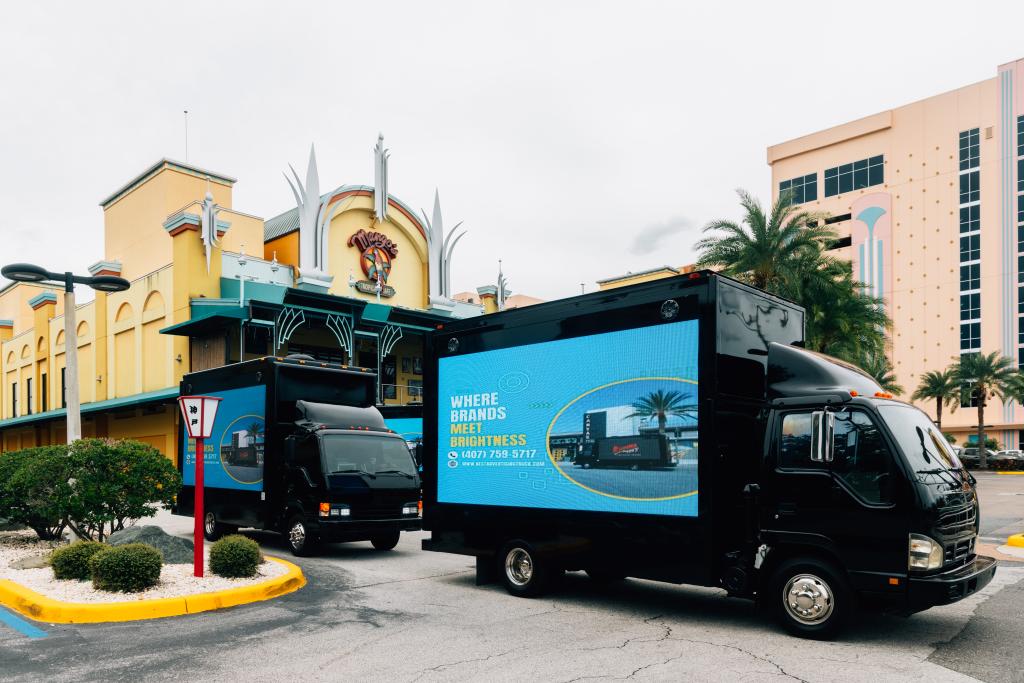Mobile advertising has long been a dynamic method to catch the eyes of potential customers. As a medium, it has evolved dramatically, from rudimentary painted wagons to the high-tech LED-lit trucks of today. Let’s embark on a journey to understand this evolution and appreciate how innovation has continuously transformed this unique advertising channel.
1. The Beginnings: Hand-painted Wagons and Vehicles
The origins of mobile advertising can be traced back to the days when businesses would paint their logos, services, or product images on the side of horse-drawn wagons. These wagons, often making deliveries, doubled as moving billboards, spreading the word as they traversed towns and countryside.
2. The Boom of the Automobile Era
With the rise of the automobile, larger, motorized vehicles took over, providing more space for advertising. Trucks with billboards mounted on the flatbeds became a common sight. Businesses began to realize the potential of these moving billboards, especially in areas with high foot traffic.
3. The Vinyl Wrap Revolution
The 1990s saw the introduction of vinyl wraps, which allowed for more intricate designs and detailed advertisements. These wraps could envelop an entire vehicle, transforming it into a 360-degree ad space. With high-resolution printing, businesses could now showcase detailed images, making mobile advertising more visually appealing.
4. The Birth of Digital and LED Displays
The digital age ushered in the era of LED-lit trucks. These vehicles, equipped with large LED screens, could showcase dynamic content, from videos to changing graphics. The flexibility of digital content allowed for multiple advertisements on a single truck, maximized based on the time of day or audience.
5. Interactivity and Real-time Updates
With advancements in technology, modern mobile advertising trucks now boast features like real-time content updates and interactive capabilities. Advertisers can engage audiences with touch-screen interactivity or even alter advertisements based on current events or trends, making the content more relevant and engaging.
6. The Integration of Data and Analytics
Today, some LED-lit trucks come equipped with technology to gather data on viewer engagement and demographics, using methods like Bluetooth or Wi-Fi tracking. This has turned mobile advertising into a data-driven endeavor, helping businesses measure the effectiveness of their campaigns and refine strategies in real-time.
Conclusion
From hand-painted logos on wagons to the mesmerizing digital displays of today’s LED-lit trucks, mobile advertising has experienced a fascinating evolution. As technology continues to advance, it’s exciting to ponder where the next developments in mobile advertising will lead. One thing is for sure, though: this dynamic form of advertising, always on the move, will continue to captivate and engage audiences for years to come.
